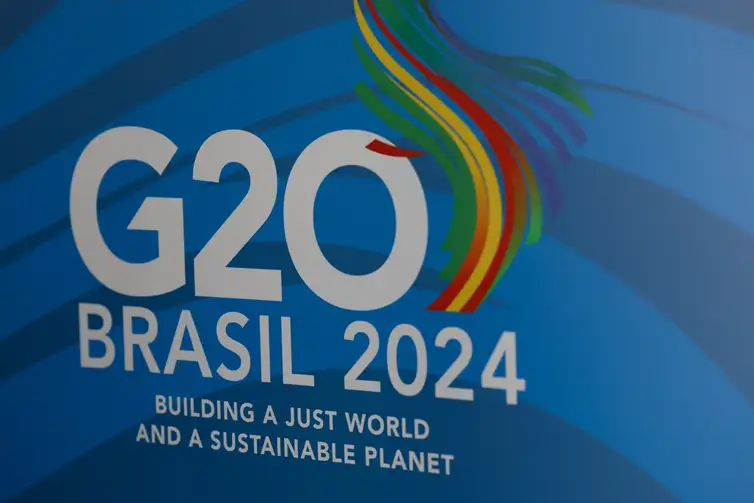Economic Perspectives Across Asia Amidst Changes
From fresh vehicle registrations in Qatar to low birthrates in Korea, Asia is witnessing diverse economic signals. How do these trends interconnect?
Published May 30, 2024 - 00:05am

Image recovered from thepeninsulaqatar.com
Doha, Qatar: Qatar has seen a 23% rise in new private vehicle registrations in March 2024, signifying a robust economic recovery, as reported by the National Planning Council. A substantial increase in private motorcycles and transport vehicle registrations further underscores the burgeoning demand in the automotive sector.
Yet, South Korea faces a contrastingly grim economic forecast due to a rapidly aging population and the world's lowest fertility rate in 2023 at 0.72, as noted by The Federation of Korean Industries. Major Korean companies fear this demographic shift could culminate in an economic crisis within the next decade, primarily due to labor shortages and declining consumer demand.
Looking to Saudi Arabia, point-of-sale spending analytics from the Saudi Central Bank highlight a surge in expenditure on electronic devices, despite declines in other sectors such as food and restaurants. Riyadh, the country's capital, leads in POS spending, reflecting its economic dynamism and business growth prospects, even as some regions experience a downturn in transactions.
In the education arena, Pakistan's finance ministry anticipates further deflation of their inflation rate, signaling a path to economic recovery. With new negotiations for an IMF loan program, the country eyes increased investment and stability in agricultural production as instrumental for a resilient economy.
Shifting focus to the job market, a hiring survey from India by Andheri-based Genius Consultants Limited predicts a demand for employees with 4 to 8 years of experience, signaling challenges for fresh graduates. While maintaining focus on diversity and inclusion, many companies prepare for strategic workforce adjustments in response to economic challenges ahead.
The increase in vehicle registrations in Qatar reflects widespread optimism in the economic prospects of the country. The National Planning Council's report indicates that with the recent infrastructure developments and the expansion of the service sector, the increase in vehicle demand is poised to continue. Furthermore, the upcoming sporting events, including international football tournaments, are expected to attract more investments and bolster various industries, including the automotive sector.ion
This positive outlook in Qatar is in stark contrast with South Korea's looming demographic woes. The Federation of Korean Industries has expressed concerns that the low birth rate could eventually lead to a significant reduction in the workforce, creating challenges for industries across the board. To combat these impending issues, South Korea is exploring options such as incentivizing childbirth, implementing policies to attract skilled immigrants, and investing in robotic technologies to address labor shortages.
Despite the general decrease in expenditures in certain areas, Saudi Arabia's spike in purchases of electronic devices can be attributed to a variety of factors. The growth of e-commerce, increasing internet penetration rates, and a young, tech-savvy population have contributed to this trend. Additionally, the Saudi Vision 2030 initiative, aiming to diversify the economy and reduce oil dependence, may be spurring technological innovation and digitalization, thereby increasing demand for electronic devices.
In Pakistan, the government's strategies appear to be yielding positive results for the economy at large. Not only is there newfound hope for fiscal rectitude, but the expanding middle class is also starting to drive consumer spending. The anticipated IMF loan is expected to introduce more stringent fiscal policies, which could strengthen Pakistan's international credit standing and create a more favorable environment for foreign direct investment.
The job market in India demonstrates a complex scenario. While there is clear demand for mid-level professionals, those exiting universities face a competitive environment, signaling a potential misalignment between academic outcomes and industry expectations. Companies are currently seeking employees who can navigate the disruptions caused by digital transformation and automation. Additionally, diversity and inclusion remain pivotal in recruiting, with progressive policies being implemented to ensure a more equitable work environment.
The broader picture across these diverse economies highlights the importance of adapting to demographic trends, technological advancements, and shifts in consumer behavior. From Qatar's booming automotive sector to South Korea's demographic challenges and Saudi Arabia's technological consumption, a myriad of factors are shaping the landscape of economic growth and recovery. In the East, Pakistan and UAE continue to stabilize their economies through strategic fiscal management, whereas India grapples with workforce adaptation in an ever-evolving global market.








